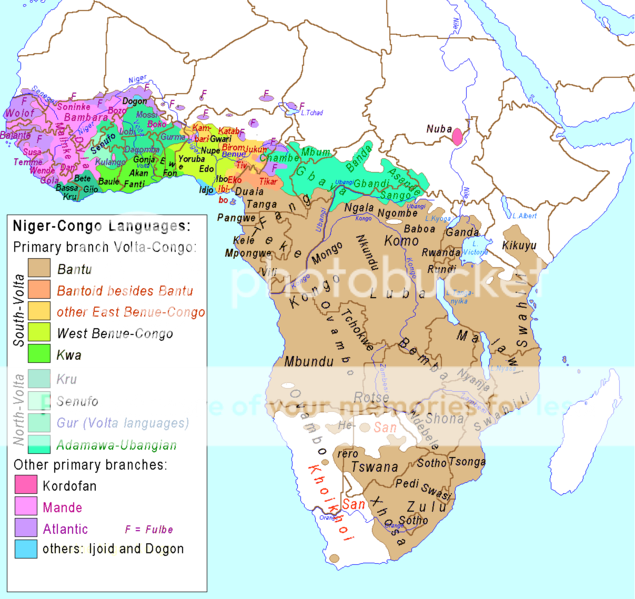To address the evidence of the dispersal from the Hapi Valley of that original Bantu population from Nubia-Kemet. For comparison purposes I will repost these maps below. The next spot that we migrated into from Kemet was back south into Kush/Nubia.

On the map below notice how around northern & central Sudan along with middle & southern Egypt has an almost complete absence of Africa's most frequent genetic marker Y-Dna haplogroup E1b1a. Coincidentally this is the exact same region where the Bantu Homeland and expansion is given by African scholar Alfred M M'Imanyara (maps above) decades prior to the heavy reliance on genetic data (compare the map below to the black and white maps of the homeland and expansion above). The migration map with the arrows above explains the genetic marker's current distribution in the map below. The area that lacks this marker has an uncanny match with the earlier postulated homeland of the Bantu. It seems like an exodus of some sort occurred! It's like plugging the pieces of a puzzle.


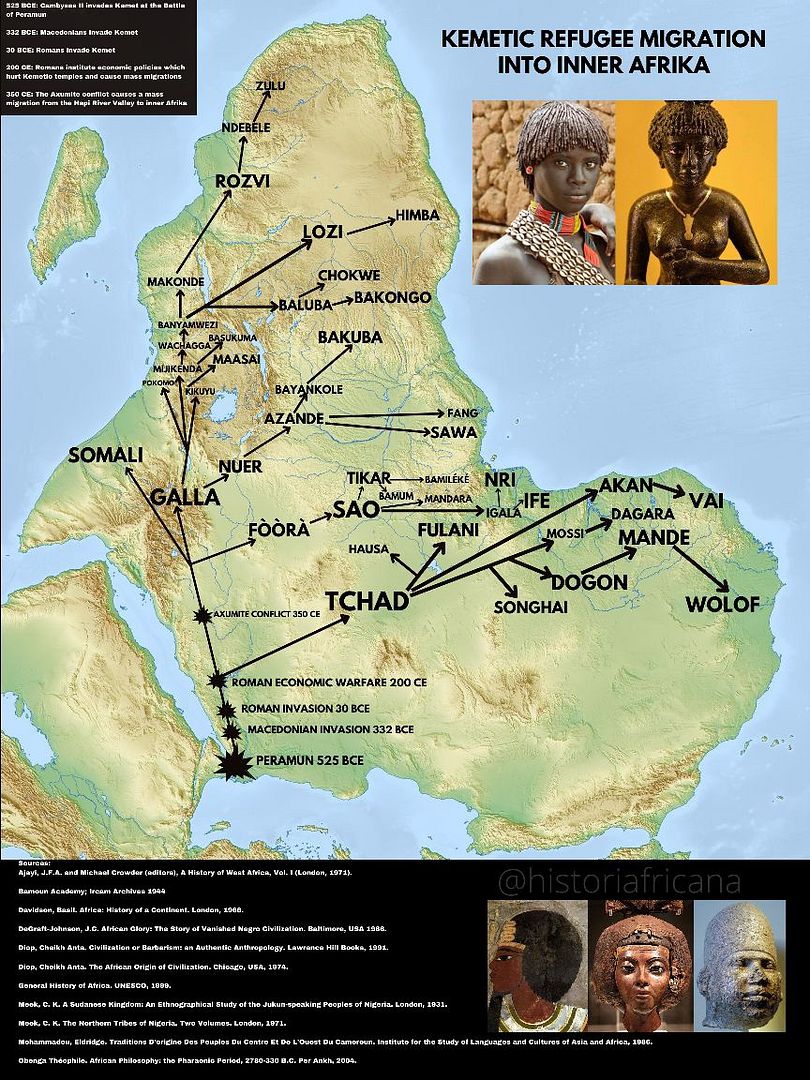
Niger-Congo Kemetic descendants:

Transatlantic slave trade routes (numbers are over exaggerated)

Archaeology also shows that there was NOT an immediate migration into tropical West Africa following desertification between 6-3 BC. Instead you only see settlements of Mande in the Western Sahara and Kemet and Nubia in the East. All West African settlements are recent a number of reasons including it's oversaturated swampland from the South and West moving monsoon rains that created the Green Sahara until around 2,000 BC. Further supporting that the marker was still in the vicinity of Northeastern Africa at the time of Nile Valley civilization.

a(Ancient)DNA Results

STR Testing Results Confirming Genetic Affinities between Ancient Kemetic Pharaohs and Niger-Congo speakers
(DNA tribes and DNA Consultants Analysis)
DNAconsultant Analysis
"The Akhenaten Gene. Named for the pharaoh who attempted to convert Kemet to monotheism, this autosomal ancestry marker like most of the Amarna family group’s DNA is clearly African in origin. Akhenaten received it from his mother, Queen Tiye.... But it is mostly absent in Asia and the Americas, except where brought there by Africans or people carrying some African ancestry. About 1 in 6 Africans or African Americans has it."
and
The King Tut Gene. Tutankhamun is the most famous of all pharaohs. He was the son and successor of Akhenaten, grandson of Amenhotep III and Queen Tiye and great-grandson of the royal matriarch Queen Thuya....Tutankhamun actually carries a “double dose” of the allele named for him. Like most of the other genes in the family, it is Central African in ancient origin, but unlike the other alleles it has a widespread, albeit sparse distribution outside Africa. Still, Africans (and African-influenced populations) are ten times more likely to have it than non-Africans.
DNAtribe Analysis
Recent genetic analysis of two separate New Kingdom families. This first one is King Tut's family (Amarna). What we find with this simple STR analysis is that these genetic markers are most prevalent in areas that are dominated by Bantu's. We see "Southern Africa" and the "Great Lakes" having the closest link. Both of these regions are again dominated by the Bantu along with Nilo Saharans in the Great Lakes.

Geographical analysis of the Amarna mummies was performed using their autosomal STR profiles based on 8 tested loci.Results are summarized in Table 1 and illustrated in Figure 1. Maps for individual Amarna mummies are included in Figures 2-8 in the Appendix.
Discussion: Average MLI scores in Table 1 indicate the STR profiles of the Amarna mummies would be most frequent in present day populations of several African regions: including the Southern African (average MLI 326.94), African Great Lakes (average MLI 323.76), and Tropical West African (average MLI 83.74) regions. These regional matches do not necessarily indicate an exclusively African ancestry for the Amarna pharaonic family. However, results indicate these ancient individuals inherited some alleles that today are more frequent in populations of Africa than in other parts of the world (such as D18S51=19 and D21S11=34).
link
Peer Reviewed DNA analysis of Ramses III and his son
We amplified 16 Y chromosomal, short tandem repeats (AmpF\STR Yfiler PCR amplification kit; Applied Biosystems).........Genetic kinship analyses revealed identical haplotypes in both mummies (table 1⇓); using the Whit Athey’s haplogroup predictor, we determined the Y chromosomal haplogroup E1b1a
link
DNAtribes follow up.
These results indicate that both Ramesses III and Unknown Man E (possibly his son Pentawer) shared an ancestral component with present day populations of Sub-Saharan Africa..A previous issue of DNA Tribes Digest identified African related ancestry for King Tut and other royal mummies from the Amarna Period. In this issue, results indicate that the later pharaoh Ramesses III also inherited alleles that are most frequent in present day populations of Sub-Saharan Africa. This provides additional, independent evidence of Sub-Saharan African ancestry (possibly among several ancestral components) for pharaonic families of ancient Egypt....In addition, these DNA match results in present day world regions might in part express population changes in Africa after the time of Ramesses III. In particular, DNA matches in present day populations of Southern Africa and the African Great Lakes might to some degree reflect genetic links with ancient populations (formerly living closer to New Kingdom Egypt) that have expanded southwards in the Nilotic and Bantu migrations of the past 3,000 years (see Figure 1)



link
SO IS THERE GENETIC AND SKELETAL EVIDENCE LINKING THE BANTU SPECIFICALLY TO ANCIENT KEMET?
YES!!!
Original homeland of the Bantu up to 1500 A.D
Dark shading: Possible ultimate origin of the Bantu
Cross shading: Area of Bantu expansion into Kemet

Bantu Migration Routes from Kush and the Island of Meroe


The evolutionary history of Southern Africa Francesco Montinaro1,2 and Cristian Capelli1
E1b1a Only Goes Back to 6.9K BC
link
The son of the PN2 Clade and the brother/sibling of the older E1b1b, it only makes sense for E1b1a to have originated in Northeast Africa. That would place E1b1a in Northeastern Africa during the late Green Sahara phase and the initial settling from the Sahara Eastward onto the river Nile. Keep in mind the oldest finding of e1b1a SO FAR has ONLY been in Kemetic royalty (Ramses III) FACT!YES!!!
Original homeland of the Bantu up to 1500 A.D
Dark shading: Possible ultimate origin of the Bantu
Cross shading: Area of Bantu expansion into Kemet

Bantu Migration Routes from Kush and the Island of Meroe

The evolutionary history of Southern Africa Francesco Montinaro1,2 and Cristian Capelli1
E1b1a Only Goes Back to 6.9K BC
link

Distribution of Y-DNA (male DNA) haplogroup E1b1a/E-M2 lineage (predominant African American lineage)

"The Distribution of E-M2 and it clades in Central and Southern Africa has usually been explained by the ‘‘Bantu migrations" (which occurred 3000-2500 B.C), in which agriculture and iron technologies spread from the Bantu's homeland located in the Benue complex i.e. Nigeria/Cameroon’’ But their presence in the Nile Valley and in other Non-Bantu speakers Can Not be explained in this way. E-M2 distribution is probably explained by their presence in the populations of the “Early Holocene Sahara”, Who went on to people the Nile Valley in The mid-Holocene eraur (12,000 B.P.) according to Hassan (1988). this occurred long before the "Bantu Migrations", which also do not explain the high frequency of M2 in Senegal, since there are no Bantu speakers there either; Exploring Northeast African Metric Craniofacial Variation at Individual Level; A Comparative Study Using Principal Components Analysis American Journal of Human Biology (2004)"
The East African origins and spread of E-M2 (the most common genetic marker in equatorial Africa) depicted in the map below verifies the oral traditions of the of the Niger-Congo speakers in the West, South and Central regions. The map shows our migration from the area of Sudanese Nubia, but obviously neglects the northward migration of the M2 lineage into Kemet. In essence we're just taking the map for what it's worth. This migration into West, South and Central Africa however did not happen until the 6th century BC, correlating with the fall of ancient Kemet via the Persian invasion. 
"The Distribution of E-M2 and it clades in Central and Southern Africa has usually been explained by the ‘‘Bantu migrations" (which occurred 3000-2500 B.C), in which agriculture and iron technologies spread from the Bantu's homeland located in the Benue complex i.e. Nigeria/Cameroon’’ But their presence in the Nile Valley and in other Non-Bantu speakers Can Not be explained in this way. E-M2 distribution is probably explained by their presence in the populations of the “Early Holocene Sahara”, Who went on to people the Nile Valley in The mid-Holocene eraur (12,000 B.P.) according to Hassan (1988). this occurred long before the "Bantu Migrations", which also do not explain the high frequency of M2 in Senegal, since there are no Bantu speakers there either; Exploring Northeast African Metric Craniofacial Variation at Individual Level; A Comparative Study Using Principal Components Analysis American Journal of Human Biology (2004)"



Niger-Congo Kemetic descendants:

Transatlantic slave trade routes (numbers are over exaggerated)


a(Ancient)DNA Results

STR Testing Results Confirming Genetic Affinities between Ancient Kemetic Pharaohs and Niger-Congo speakers
(DNA tribes and DNA Consultants Analysis)
DNAconsultant Analysis
"The Akhenaten Gene. Named for the pharaoh who attempted to convert Kemet to monotheism, this autosomal ancestry marker like most of the Amarna family group’s DNA is clearly African in origin. Akhenaten received it from his mother, Queen Tiye.... But it is mostly absent in Asia and the Americas, except where brought there by Africans or people carrying some African ancestry. About 1 in 6 Africans or African Americans has it."
and
The King Tut Gene. Tutankhamun is the most famous of all pharaohs. He was the son and successor of Akhenaten, grandson of Amenhotep III and Queen Tiye and great-grandson of the royal matriarch Queen Thuya....Tutankhamun actually carries a “double dose” of the allele named for him. Like most of the other genes in the family, it is Central African in ancient origin, but unlike the other alleles it has a widespread, albeit sparse distribution outside Africa. Still, Africans (and African-influenced populations) are ten times more likely to have it than non-Africans.
DNAtribe Analysis
Recent genetic analysis of two separate New Kingdom families. This first one is King Tut's family (Amarna). What we find with this simple STR analysis is that these genetic markers are most prevalent in areas that are dominated by Bantu's. We see "Southern Africa" and the "Great Lakes" having the closest link. Both of these regions are again dominated by the Bantu along with Nilo Saharans in the Great Lakes.

Geographical analysis of the Amarna mummies was performed using their autosomal STR profiles based on 8 tested loci.Results are summarized in Table 1 and illustrated in Figure 1. Maps for individual Amarna mummies are included in Figures 2-8 in the Appendix.
Discussion: Average MLI scores in Table 1 indicate the STR profiles of the Amarna mummies would be most frequent in present day populations of several African regions: including the Southern African (average MLI 326.94), African Great Lakes (average MLI 323.76), and Tropical West African (average MLI 83.74) regions. These regional matches do not necessarily indicate an exclusively African ancestry for the Amarna pharaonic family. However, results indicate these ancient individuals inherited some alleles that today are more frequent in populations of Africa than in other parts of the world (such as D18S51=19 and D21S11=34).
link
Peer Reviewed DNA analysis of Ramses III and his son
We amplified 16 Y chromosomal, short tandem repeats (AmpF\STR Yfiler PCR amplification kit; Applied Biosystems).........Genetic kinship analyses revealed identical haplotypes in both mummies (table 1⇓); using the Whit Athey’s haplogroup predictor, we determined the Y chromosomal haplogroup E1b1a
link
DNAtribes follow up.
These results indicate that both Ramesses III and Unknown Man E (possibly his son Pentawer) shared an ancestral component with present day populations of Sub-Saharan Africa..A previous issue of DNA Tribes Digest identified African related ancestry for King Tut and other royal mummies from the Amarna Period. In this issue, results indicate that the later pharaoh Ramesses III also inherited alleles that are most frequent in present day populations of Sub-Saharan Africa. This provides additional, independent evidence of Sub-Saharan African ancestry (possibly among several ancestral components) for pharaonic families of ancient Egypt....In addition, these DNA match results in present day world regions might in part express population changes in Africa after the time of Ramesses III. In particular, DNA matches in present day populations of Southern Africa and the African Great Lakes might to some degree reflect genetic links with ancient populations (formerly living closer to New Kingdom Egypt) that have expanded southwards in the Nilotic and Bantu migrations of the past 3,000 years (see Figure 1)


link
Last edited:





















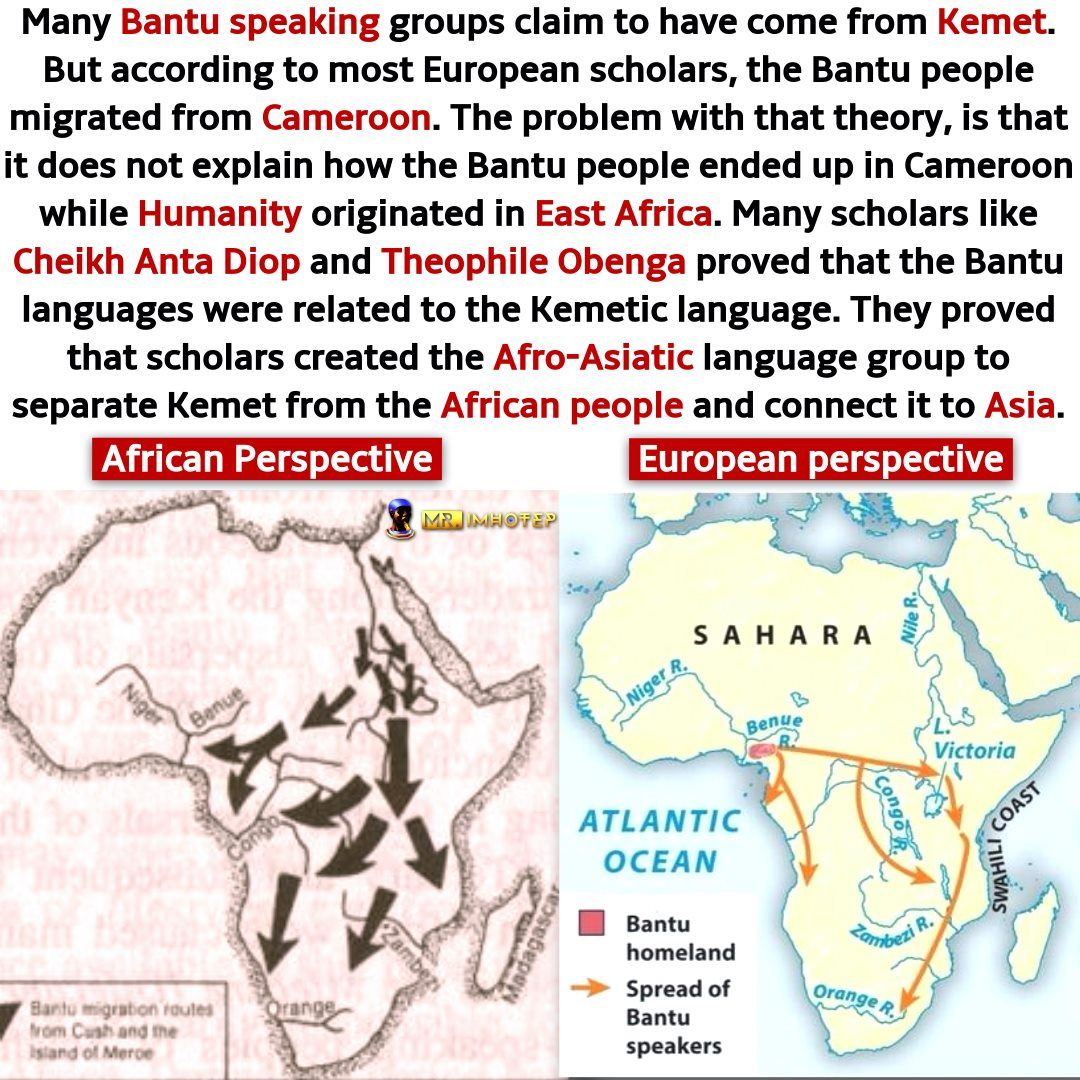


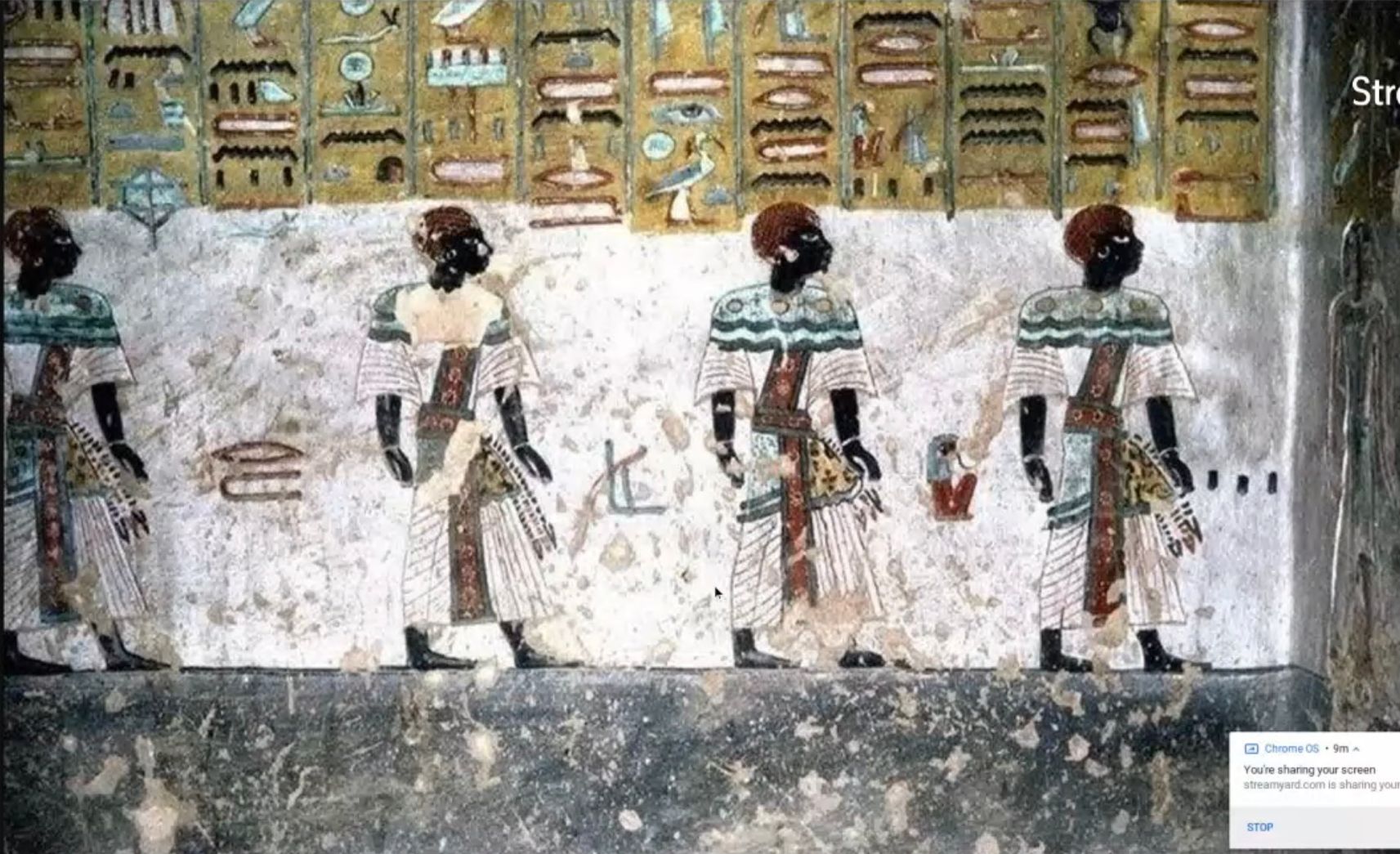

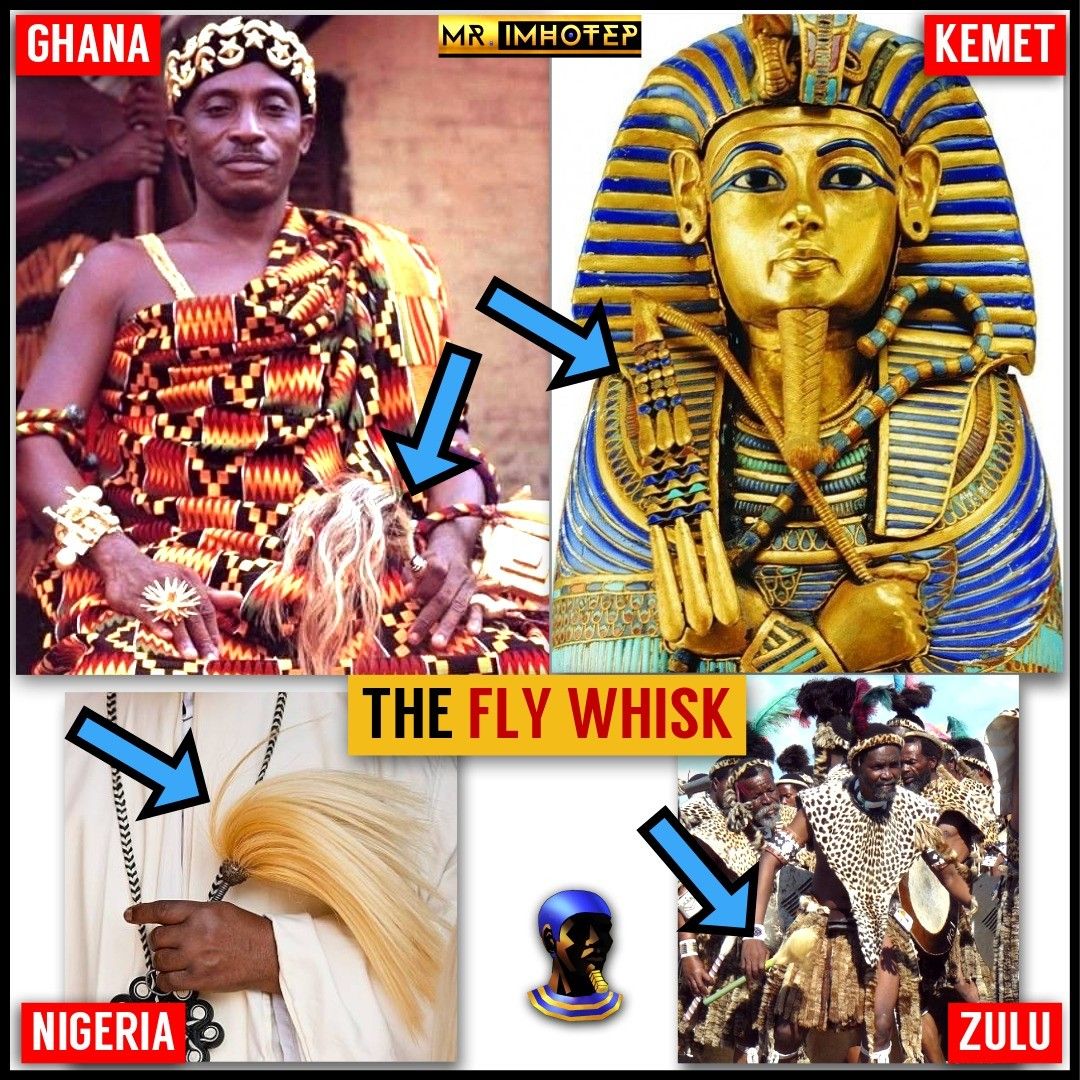
.jpg)
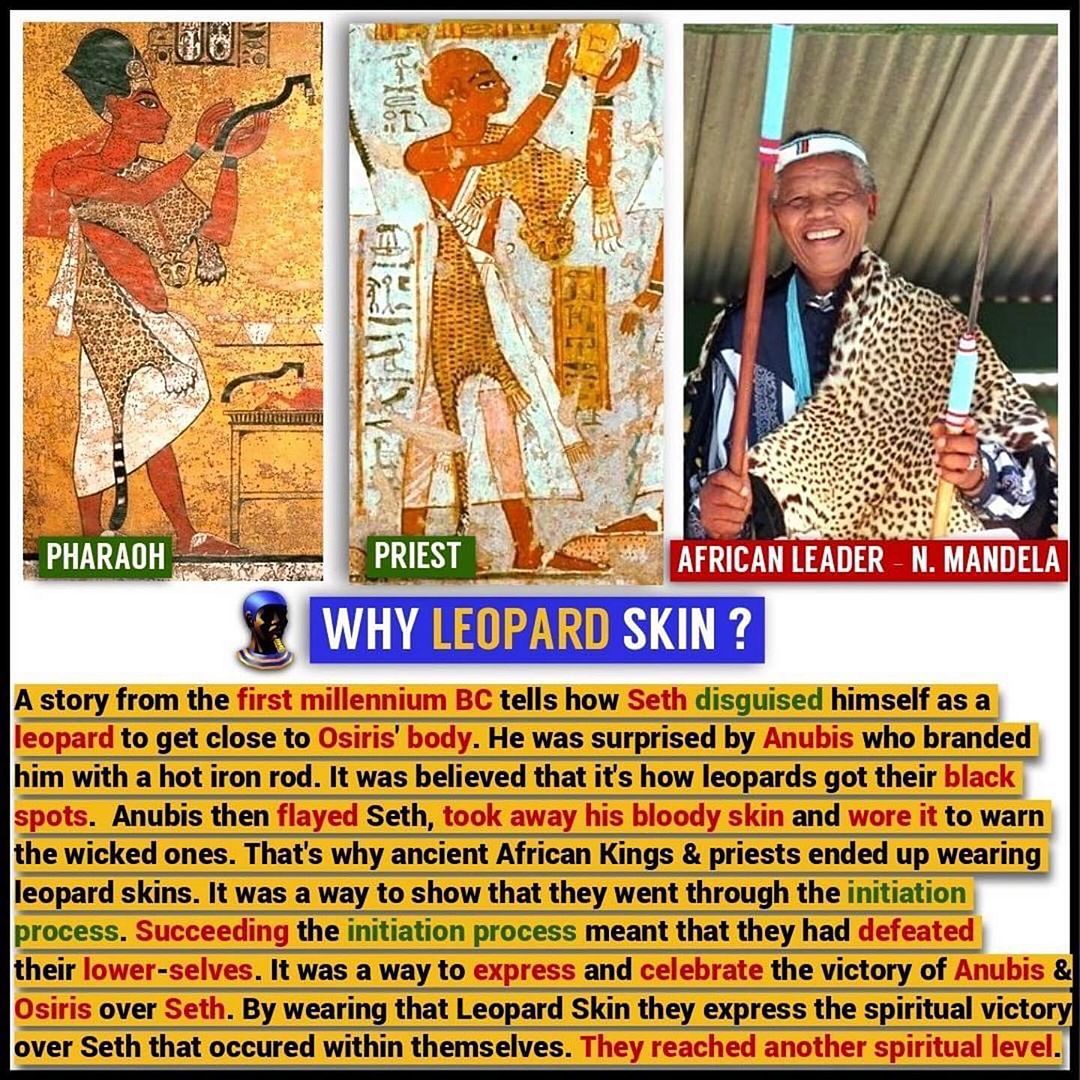




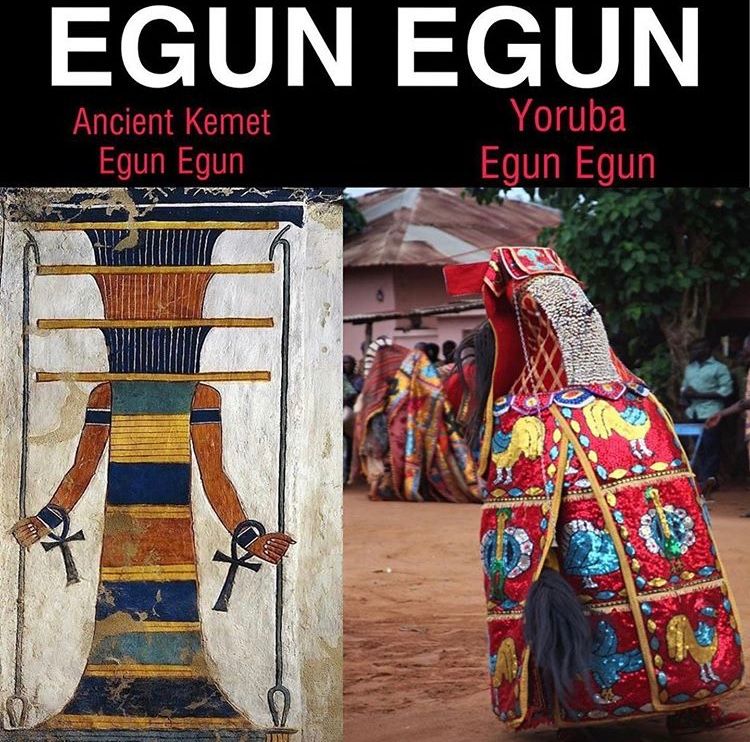









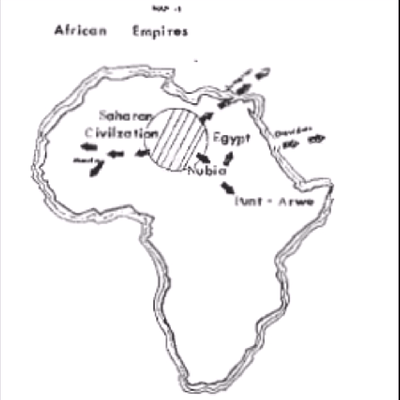
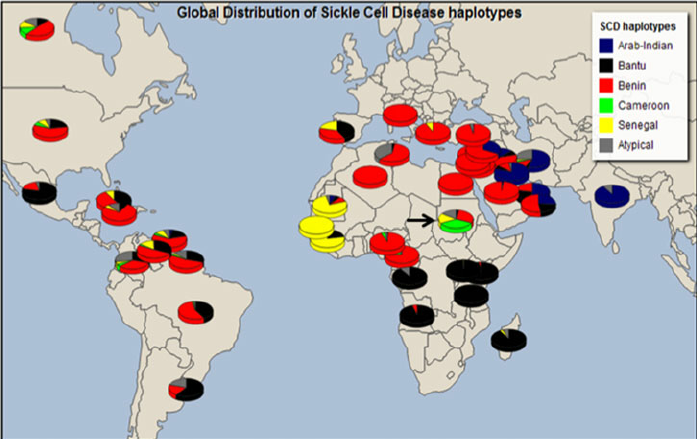
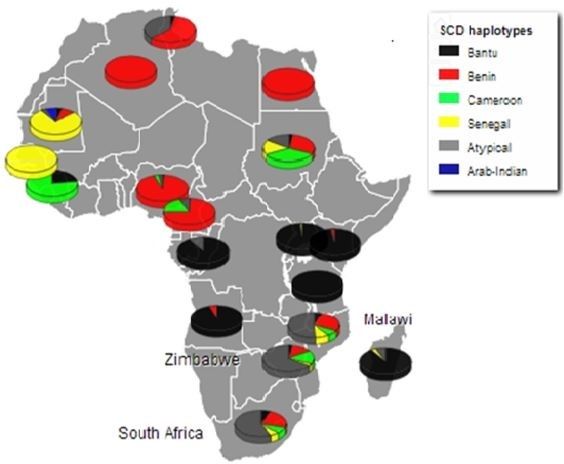
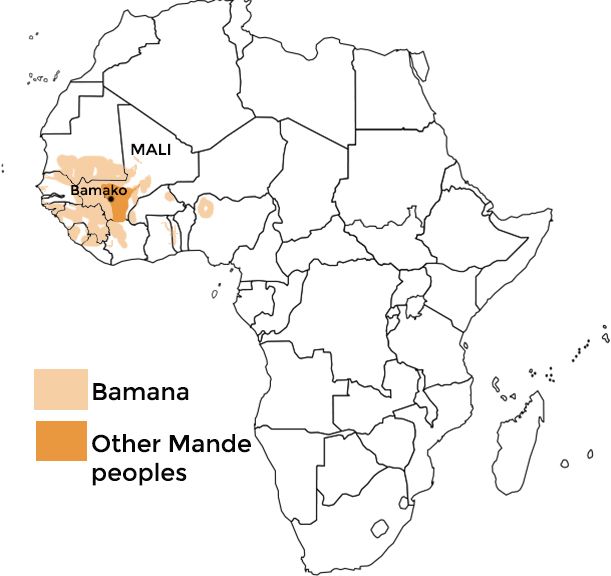
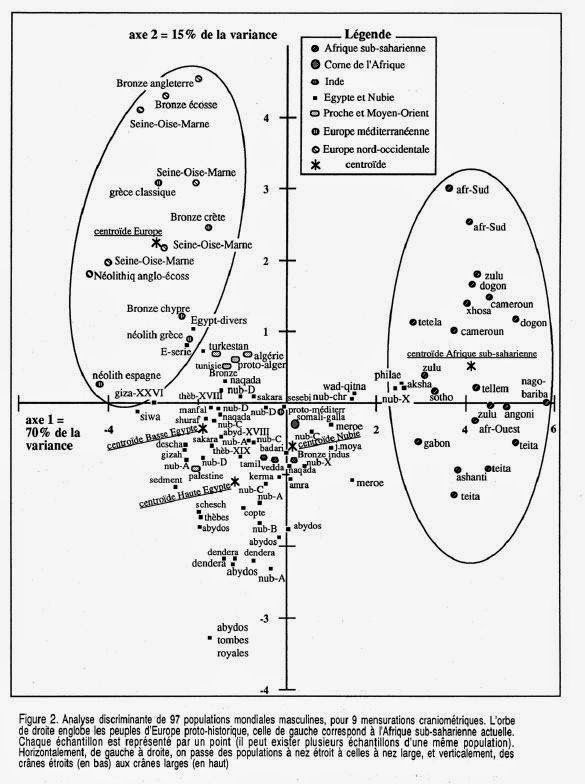


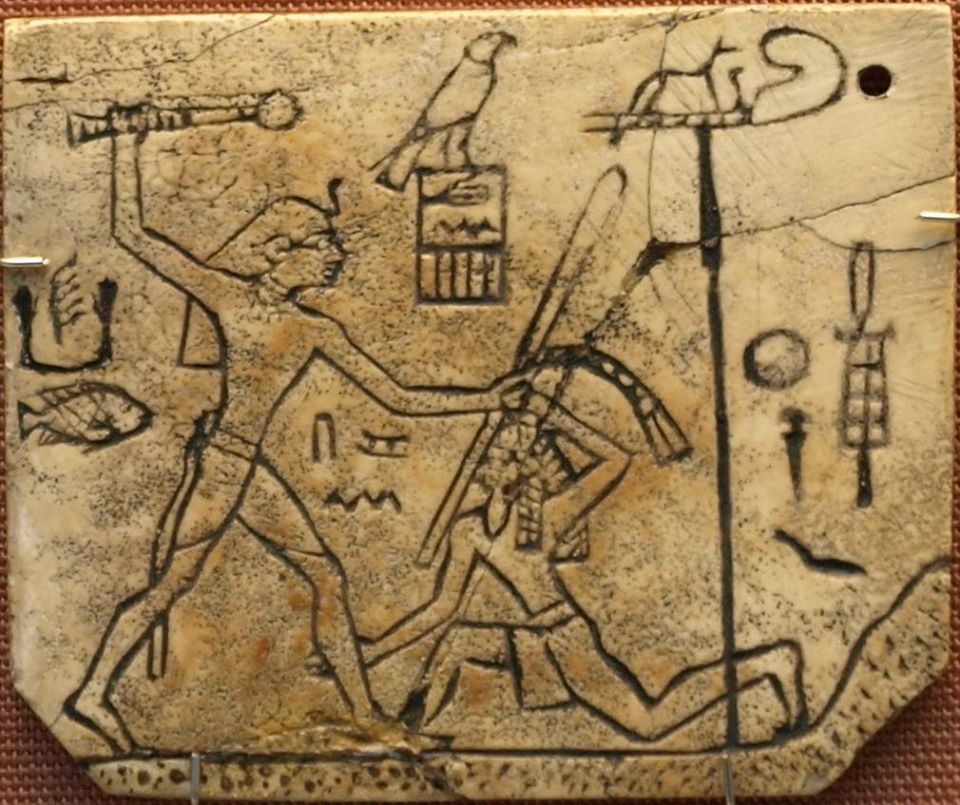


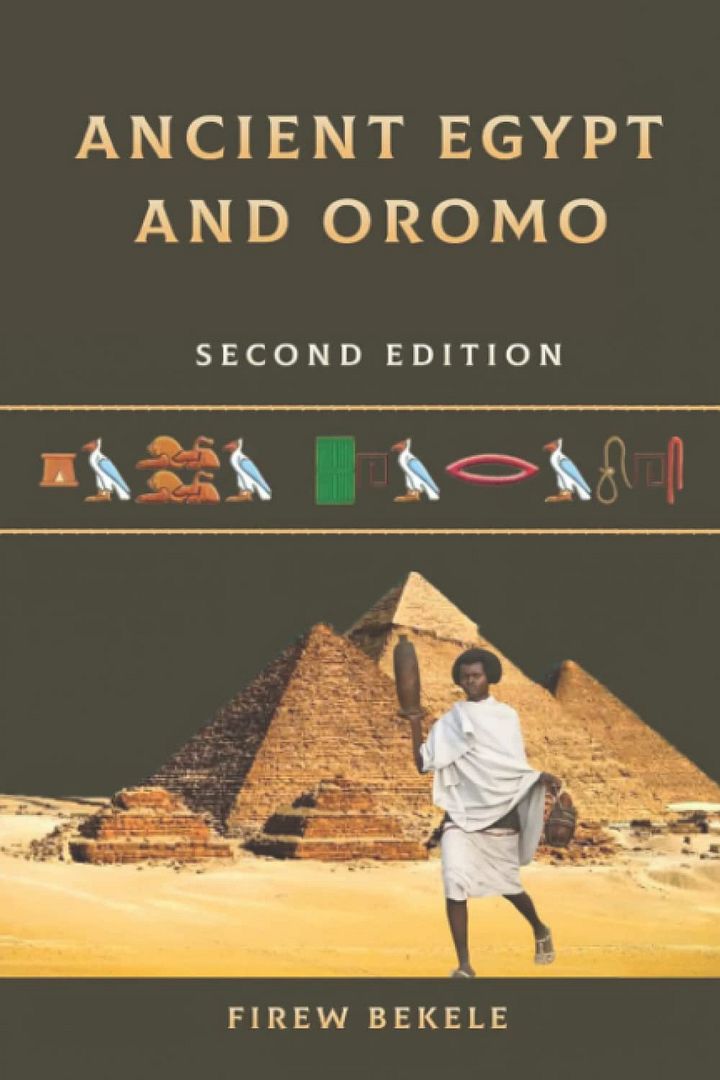
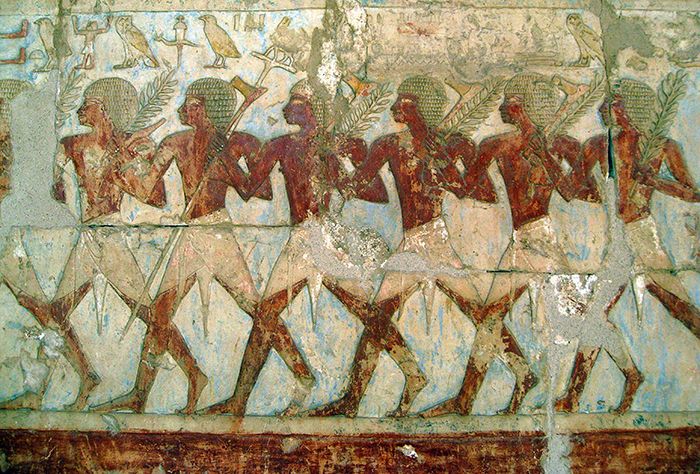














.JPG)




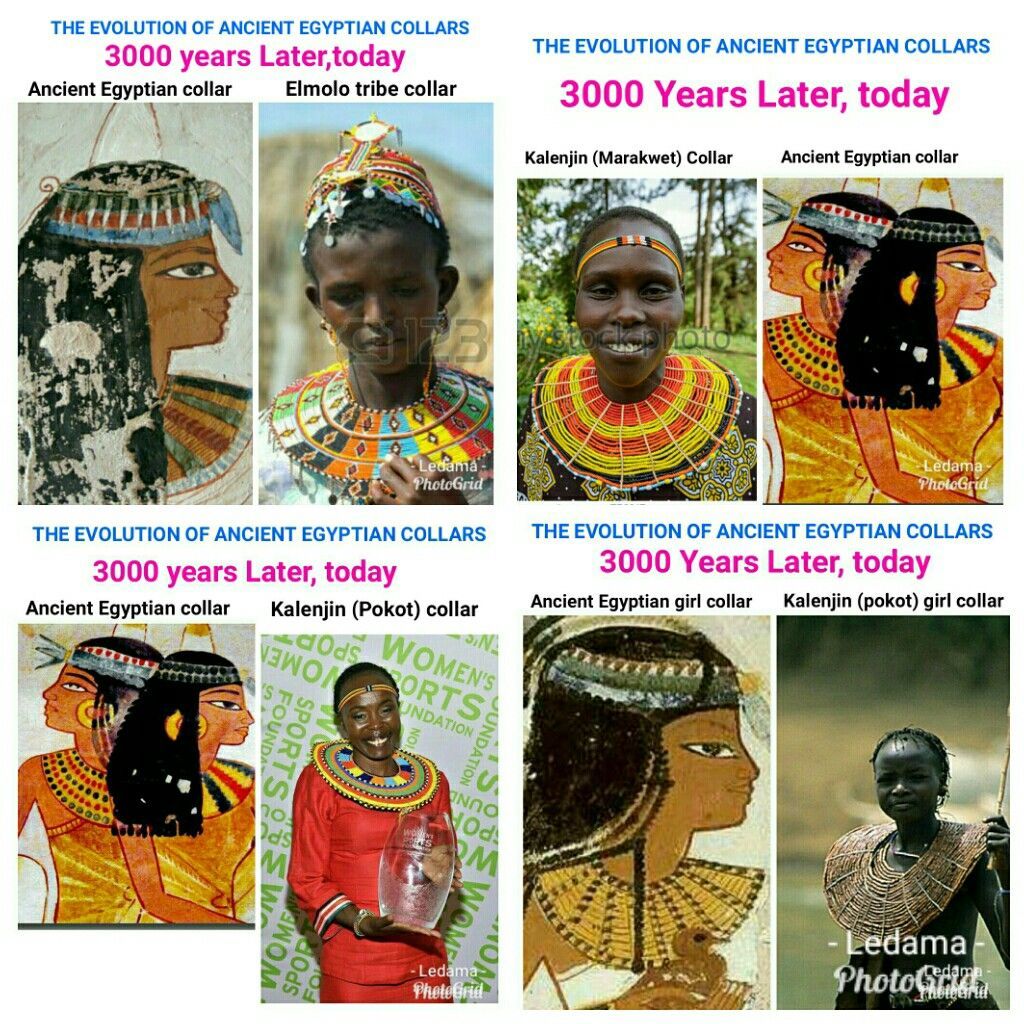
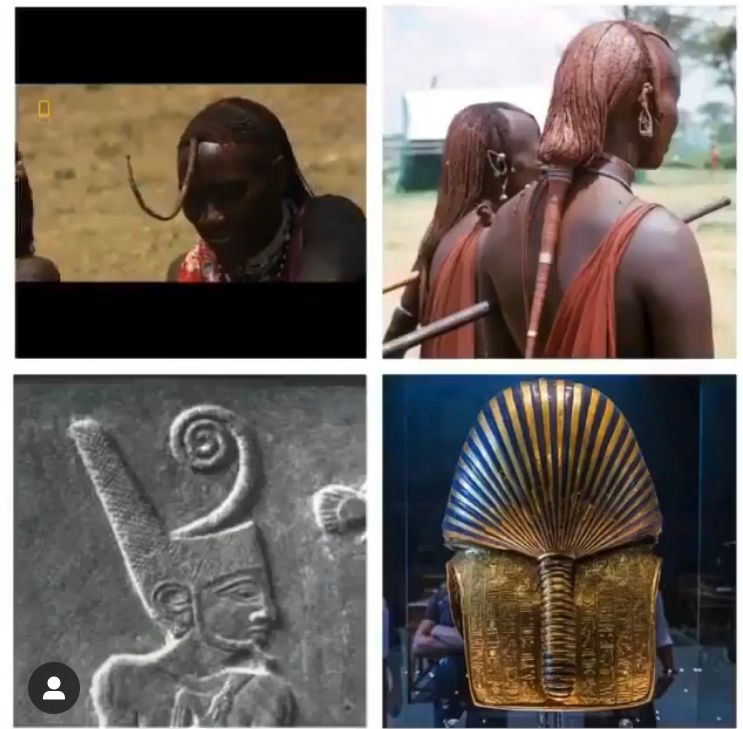




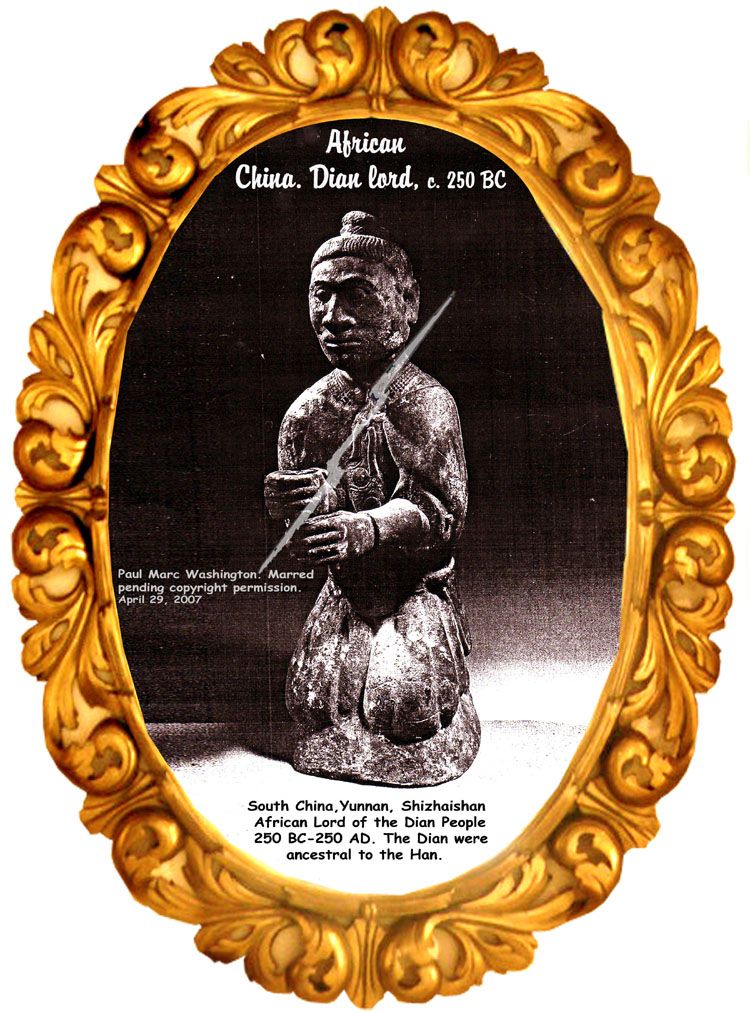




























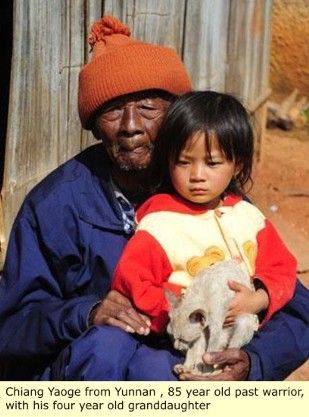
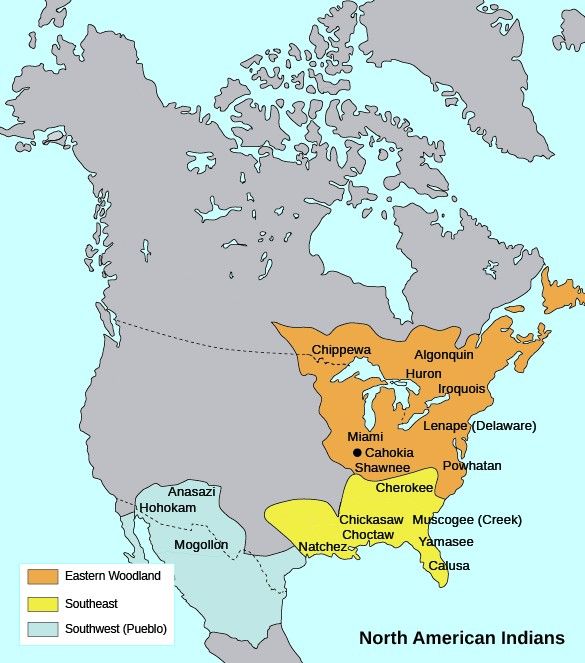
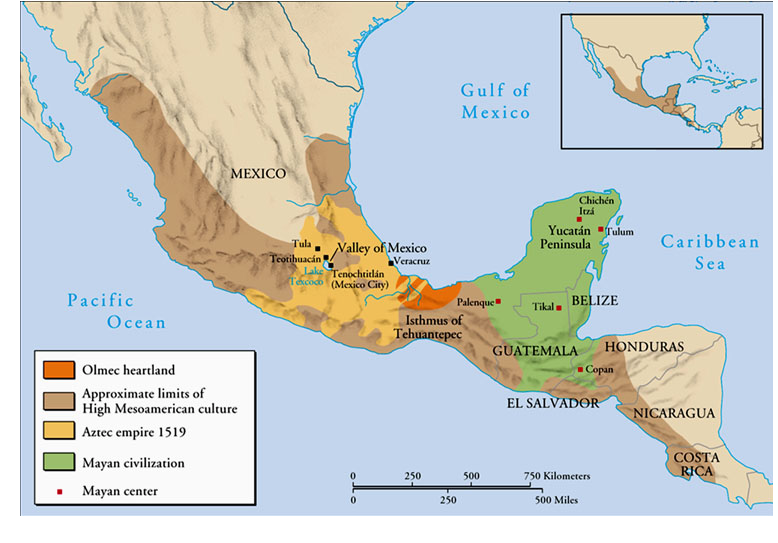









.png)

